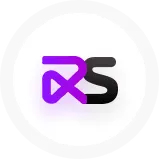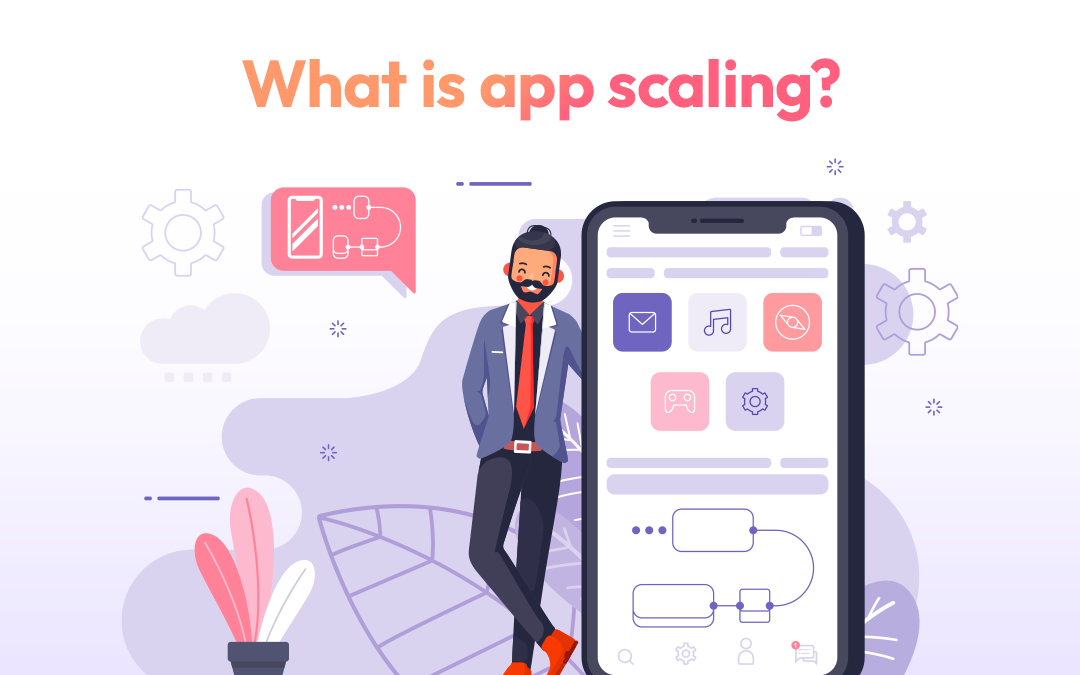
What's New in Flutter 3.7 Version Update? A Non-Tech Guide
A few months back, Flutter released its 3.7 version update. Do you know what they have brought to the developer's community? READ this non-tech guide.
Before starting the blog, let me tell a story, can you listen?
Anyway, I am going to tell you.
Imagine that John is an iOS developer who builds an app similar to Uber. And the app has become quite popular among users. Now people are expecting when John would release his Android version.
Their mind voice would be like: 'when the app comes to Android, we are so desperate'.
And what can John do now?
He'll need to learn Android development, and Java, and have to attend a workshop as well as read books. Now visualize, John has mastered Android development. And he made his Uber-like app available on Play Store.
Then what if any bug fix or an update is required, it's quite obvious for an app as it needs regular updates and bug fixes. So, John is definitely in chaos now because he has multiple works on maintaining two different codebases.
Here John has another way out.
He can choose the Flutter and be relaxed.
What is Flutter?
Flutter is a UI toolkit that made developer's lives easier to design an interface that fits different devices and screen sizes. In addition, it comes with a pre-build widget that makes it easy to lay out the app and simplifies the code.
Here in Flutter, the developers maintain a single codebase and one place to debug and update. Therefore it shortens the entire process and saves more time and money.
It uses Dart as a programming language, whereas when we develop natively Swift is required to develop iOS apps and Java for Android apps. In Flutter, Dart is the only language you need to learn.
In 2017, Google announced Flutter as a free open-source UI framework, making it available to every developer.
Frameworks are widget-based UI libraries such as buttons, text inputs, and sliders. So, it is easy to use and can be customized that fit your needs.
What's new in Flutter 3.7 version update?
✳️ Enhanced Material 3 Support
✳️ Dev tools improvement
✳️ Impeller preview
✳️ Menu bars and cascading menus
✳️ Custom Context Menus
✳️ iOS release validation
Enhanced Material 3 Support
It has improved certain widgets like Badge, Bottombar, Menus, DropdownMenu, Snackbar, and TabBar, and to use them, all you need to do is turn on the useMaterial3 flag in the app's ThemeData widget. It will enhance your app's user interface and experience.
Dev tools improvement
The new Flutter SDK has improved the DevTools Memory debugging tool with three new tabs: Profile, Trace, and Diff.
These tabs make memory debugging easier by allowing developers to analyze memory allocation by class and memory type, investigate code paths that allocate memory, and compare memory snapshots between two points in time.
Impeller preview
Flutter has released a new rendering engine called Impeller, which is now available for preview on iOS. Impeller is expected to provide better performance and accuracy than the previous Skia renderer.
Although there are some gaps in API coverage and minor visual differences, the Flutter team is confident that Impeller will meet the rendering needs of most existing apps.
Menu bars and cascading menus
Now, we can create menu bars and cascading context menus. We can use the PlatformMenuBar widget for macOS to create platform-native menu bars.
For all platforms, a Material Design menu can be created using the MenuBar widget or a standalone cascading menu using the MenuAnchor widget. These menus can be customized using custom widgets or the new menu item widgets.
Custom Context Menus
It allows developers to create custom context menus for their apps. Meaning, they can add a menu to different parts of their app and have more control over the user experience.
Developers can use this feature to modify the default context menu, add new widgets, or create a new menu for non-text items such as images.
iOS release validation
Before submitting the iOS app to the App Store, this feature checks and validates the app. So the developers ensure that their app is ready for release by alerting them of any necessary changes that need to be done.
It provides a checklist of settings to update, making it easier for developers to prepare their apps for release.
Are you looking for a tech partner?
Get 30-min interactive session to discuss your queries, get a product demo, and more!
Advantages of Flutter in 2023
One of the advantages of Flutter being cross-platform is that developers can develop Android and iOS apps simultaneously.
Flutter is most preferred among startups as it offers a straightforward development process to build an app.
So, let's see how Flutter is valuable to the developer community.
-
In contrast to Java, which requires large files and lines of code, Dart is the programming language used in Flutter. On the other hand, it outperforms Java with fewer lines and a smaller file size.
-
In other platforms, to run the code, you need to save the code, compile it and see the output, for that it requires 15 to 20 sec, but Flutter's hot reload feature is nothing but a lifesaver.
In the case of Flutter, it can be done in a fraction of a second. Thus, it saves time and effort.
-
Working in Dart is beginner friendly and more powerful. When you have a prior experience with another object-oriented programming language, learning Dart isn't a headache.
-
Flutter has the most prominent open-source community where you have everything documented and like-minded people to guide you with your journey.
-
While developing an Android app from other platforms, you maintain two files, one for user interface and the other for functionality. But in Flutter, you can manage both UI and functionality in a single file.
These are all the top advantages that are worth considering. And how it overall impacts the development process. To spit you some facts, it reduces your development time and cost.
How?
As we saw earlier, Flutter is a cross-platform SDK, where you can develop your Android and iOS simultaneously by maintaining a single codebase. Therefore, it's cost-effective.
How we mastered Flutter?
Technology is the heart of the development process. That what's makes us shines from the rest. So, we are so conscious about picking the right technology.
We used Flutter for our apps that are utterly reduce the cost and time required to develop. The goal is to serve our clients with a top-notch product with reasonable pricing plans. And Flutter helps us to make it happen.
Here are some of the products in our portfolio:
- Wooberly - Taxi booking app
- WooberlyEats - Food delivery app
- WooberlyGrocery - Grocery delivery app
- WooberlyPharmacy - Medicine delivery app
- WooberlyHandyman - Handyman service app
- Wooberly SuperDelivery - Multi-delivery app
Since our start, we have successfully served more than 400+ happy clients. From that, we know what Flutter means to the startup owners.
We previously discussed the most recent Flutter 3.7 updates. But what's our current version update?
We have made 3.7 updates available for [Wooberly - Taxi booking app], and I hope by the time you read this blog, we will migrate all our products to 3.7. Our team is working on that.
We believe you have a good understanding of Flutter, the recent 3.7 updates, and its benefits. Never miss out on checking out our product.
If you've any doubt regarding the technology we used or the development, kindly send us an e-mail at [email protected], and we will respond as soon as possible.






